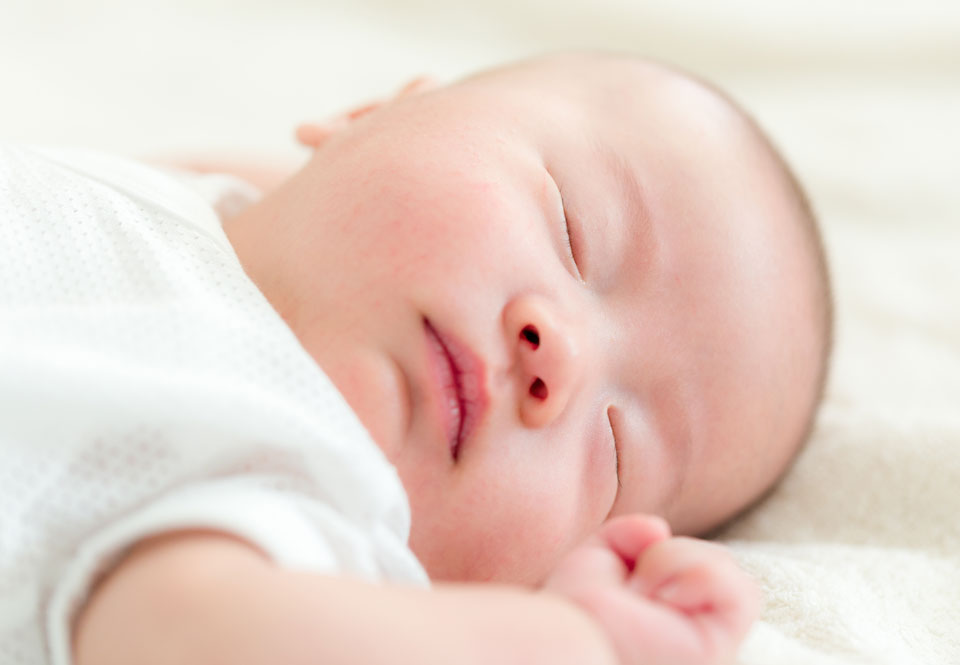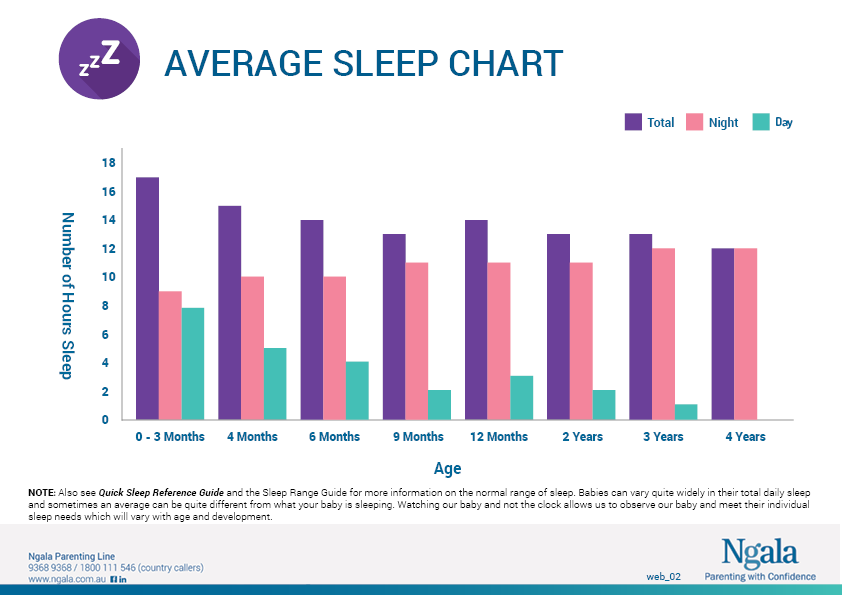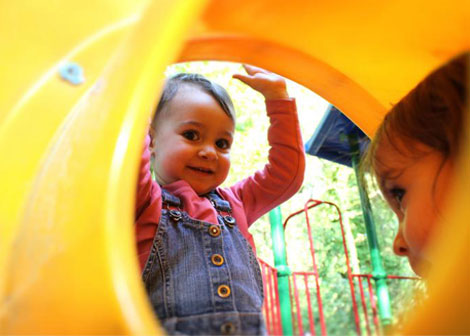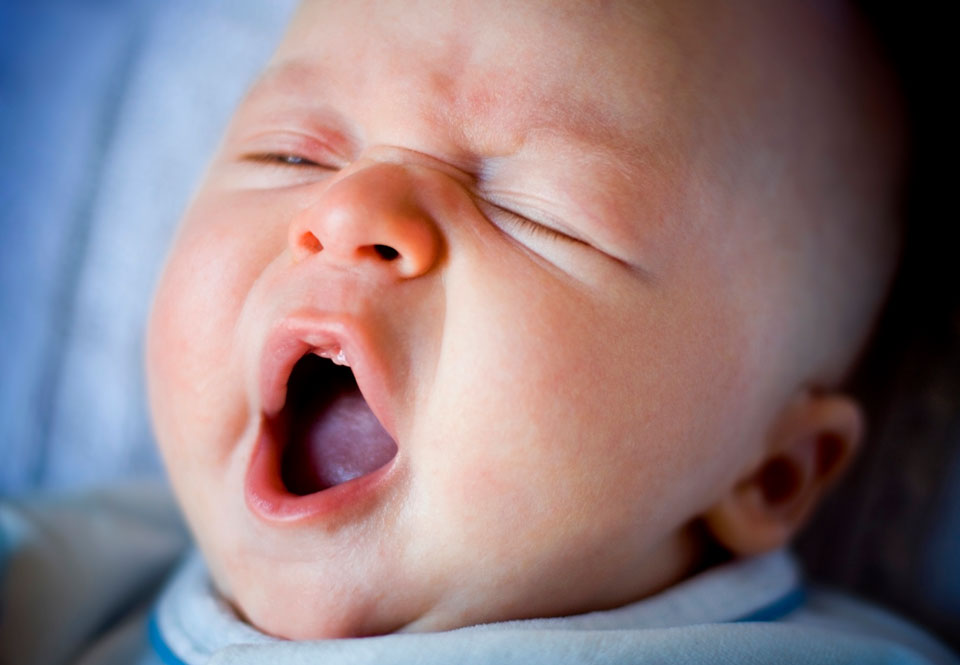The safest place for a baby to sleep is in the same room as an adult caregiver on their own sleep surface (like a bassinet, cot or a sleep pepi pod) for the first six to 12 months. This helps with night-time bonding and allows you to respond quickly to your baby.
Co-sleeping
Research has shown that sharing a sleep surface can increase the risk of Sudden Infant Death Syndrome (SIDS). A shared sleep surface can be either a bed, lounge chair, bean bag or on a parent’s chest.
Ngala follows the Red Nose recommendations.
The Red Nose recommendations give the following advice to keep your baby safe while sleeping:
- Sleep baby on their back
- Keep baby’s head and face uncovered
- Keep baby smoke-free before and after birth
- Safe sleeping environment night and day
- Sleep baby in their own safe sleeping place in the same room as an adult caregiver for the first six to 12 months
- Breastfeed if you can
Swaddling or wrapping
Babies who find it difficult to keep their bodies still for sleep may need more holding than others. Some babies may need a firm embrace or wrapping to reduce arm and leg movements and back arching.
In general, it has been found that wrapped babies wake less and sleep longer. The benefits of wrapping are particularly obvious for pre-term babies. Wrapping is not recommended when the baby begins to turn or roll.
The Raising Children Network has tips for dressing your baby for bed and a video on wrapping a newborn.
Want to know more?
Raising Children Network – Safe sleeping: 11 tips
Raising Children Network – Wrapping a baby – in pictures
Red Nose – Safe sleeping







